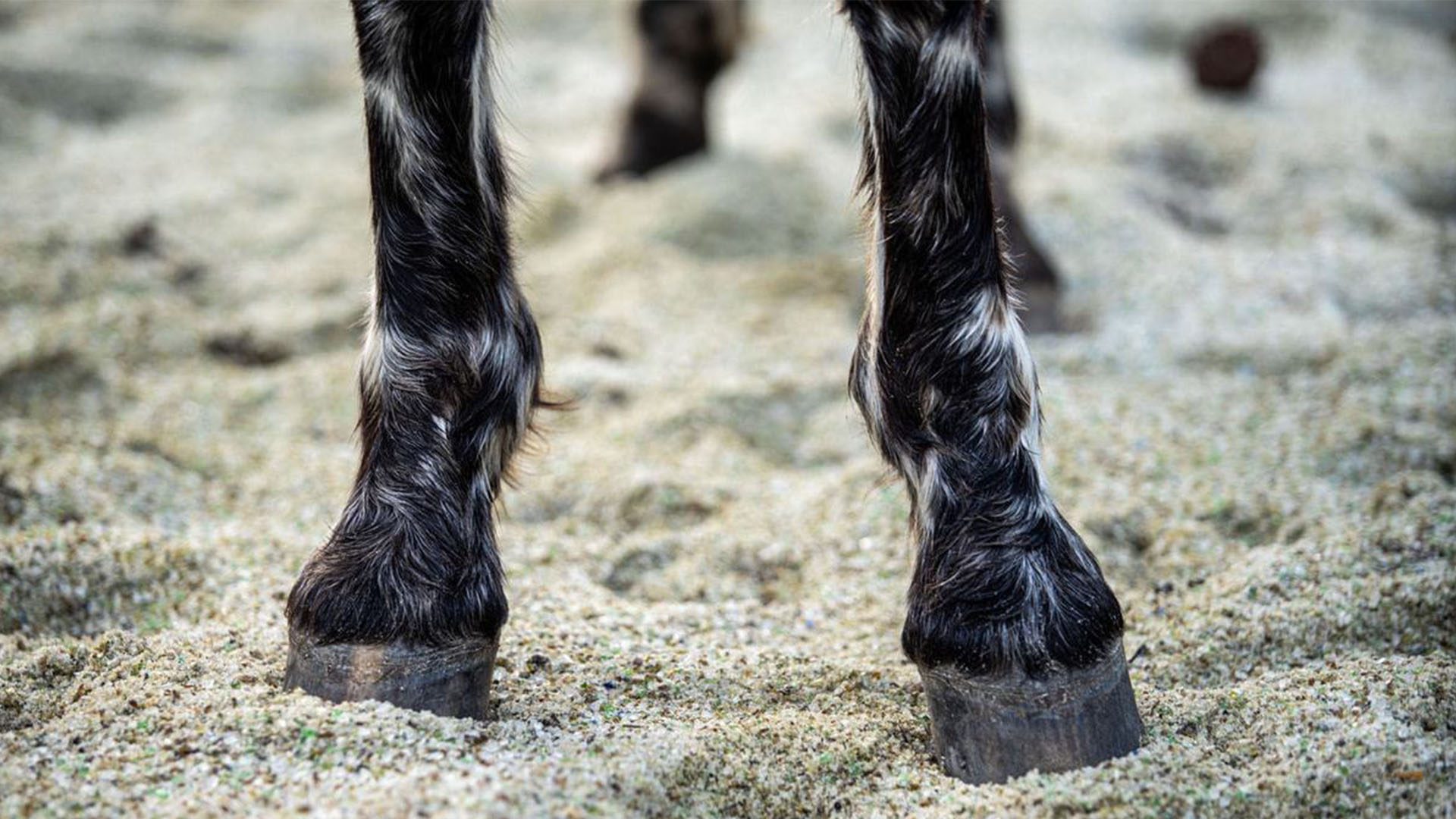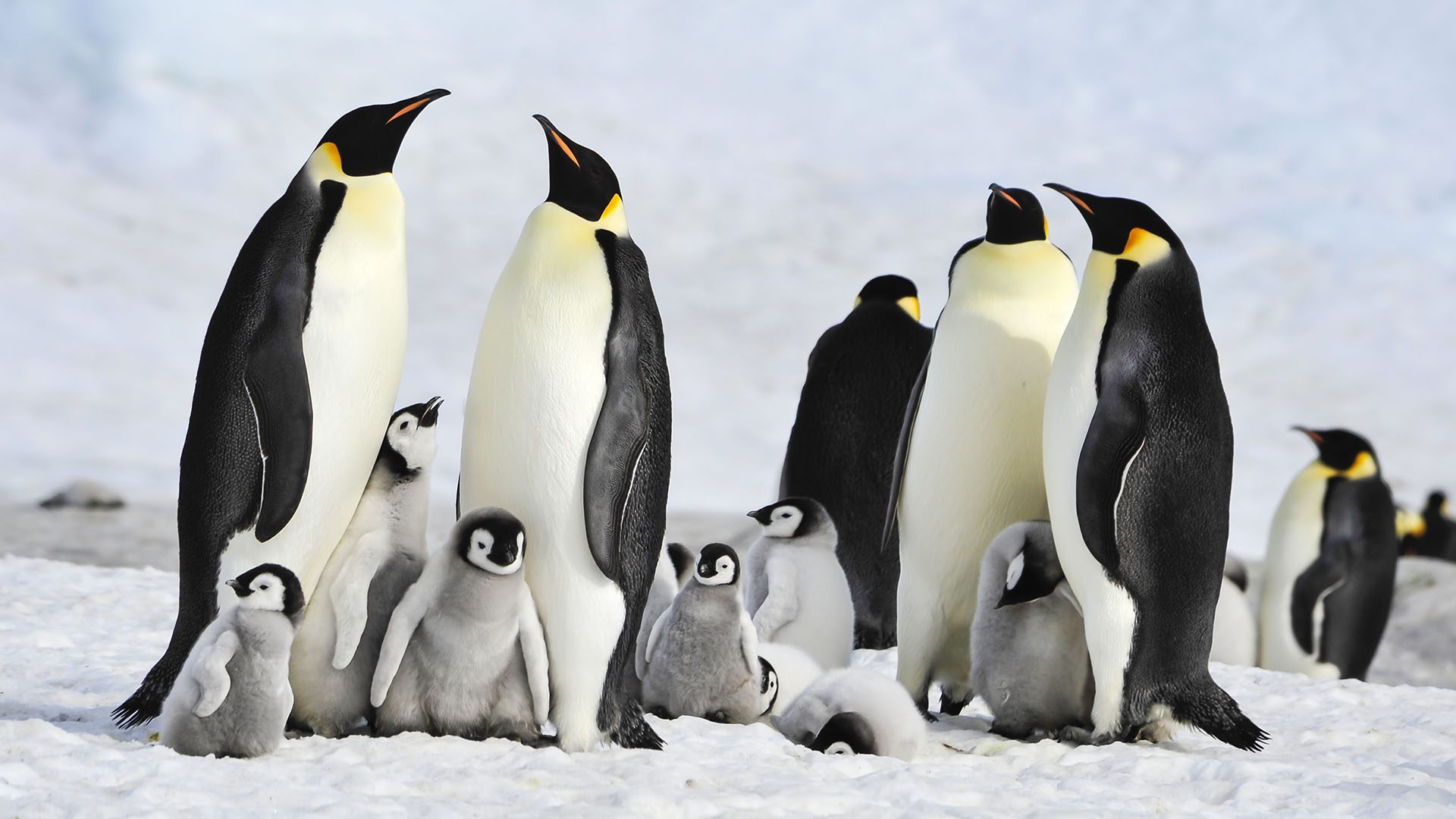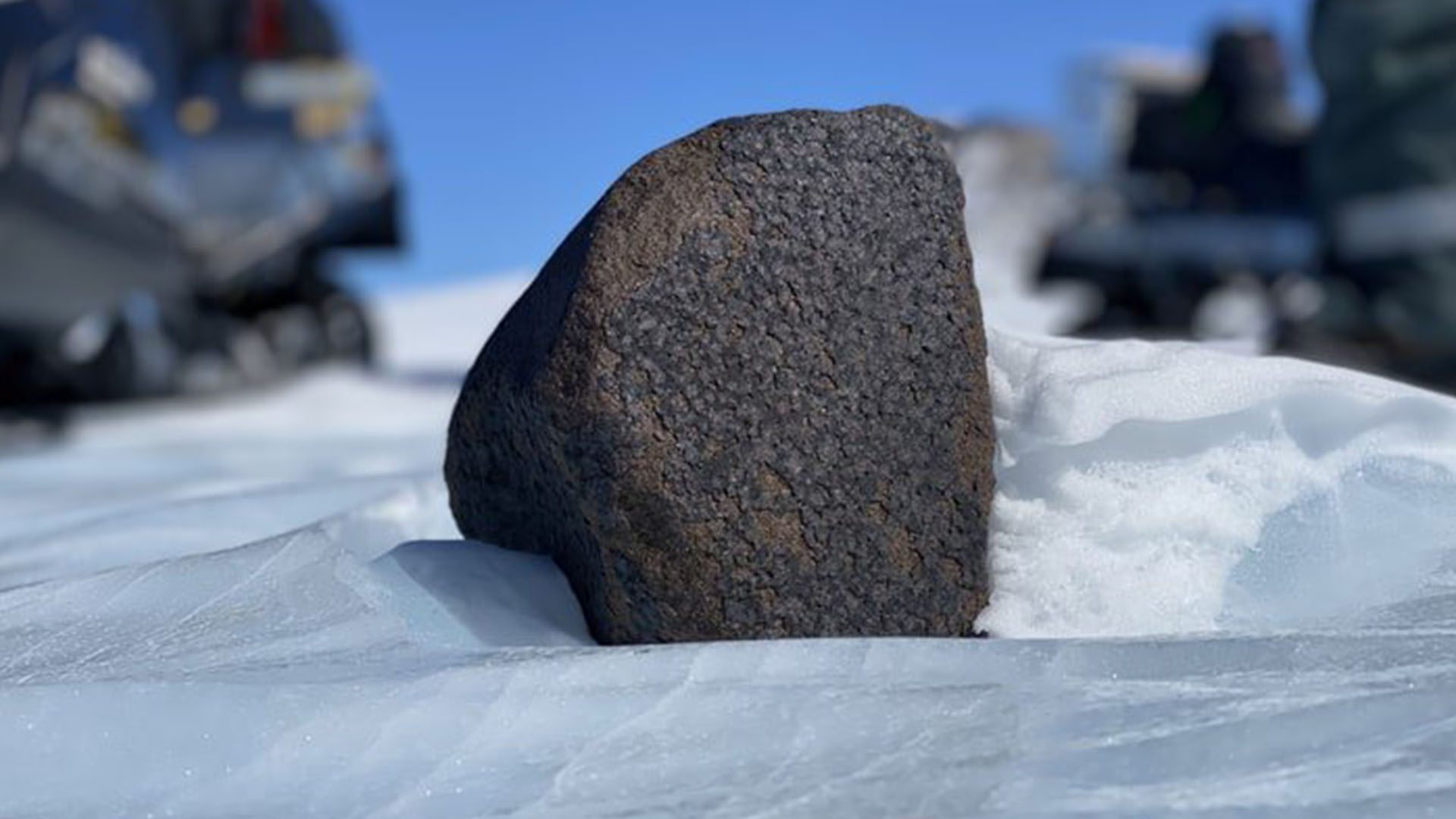Millions of years ago, hundreds of insects were encased in sediment along the bank of the Sylva river. Today, scientists are inspecting these critters that may mark a moment in history as the insects appear to be covered in pollen, indicating that they may have been among the world’s first plant pollinators.
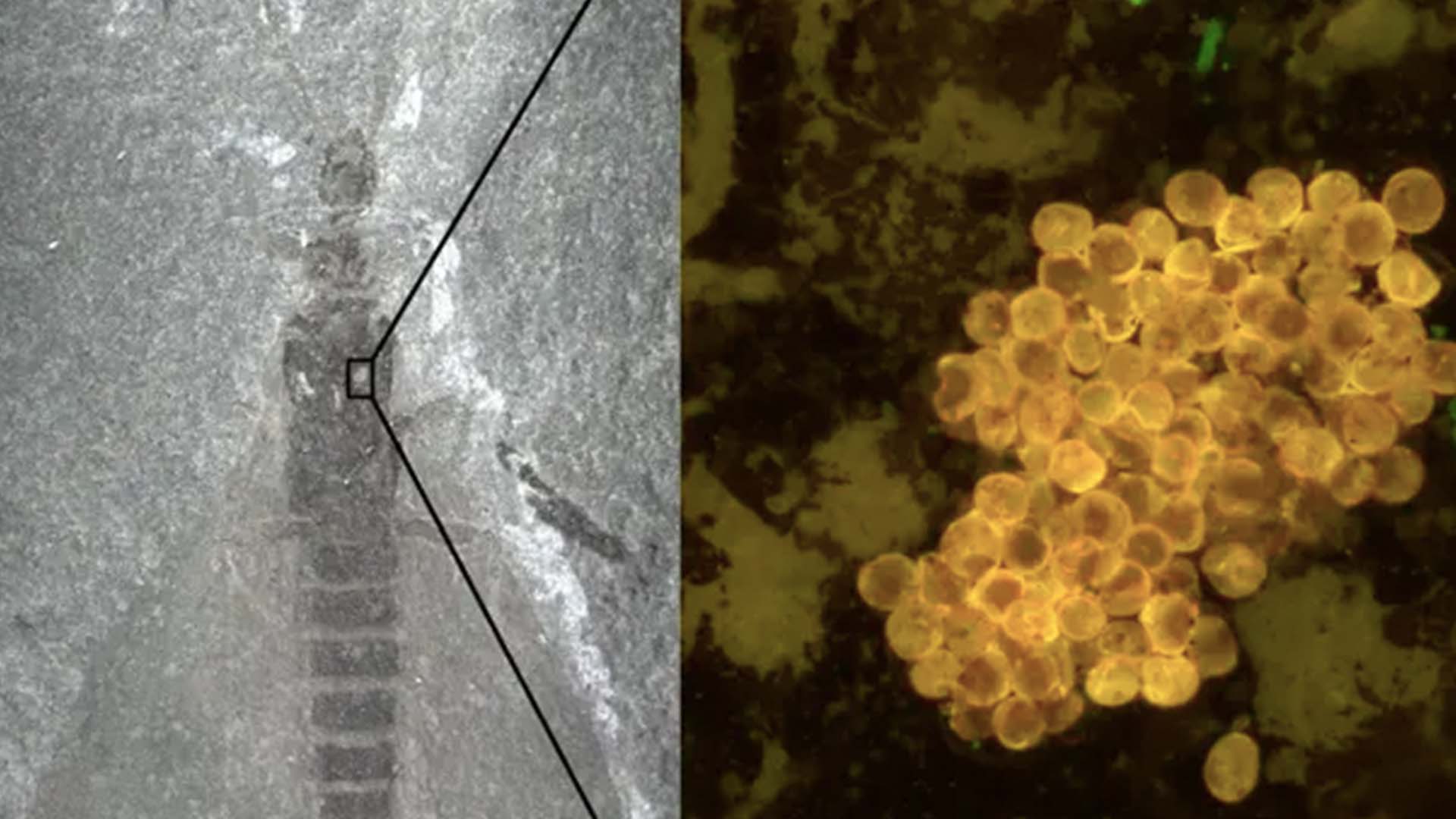
These rare fossils were discovered by paleontologists when they cracked open rocks along the riverbank near the half-derelict village of Chekarda in Russia. The earwig-resembling insects are roughly 280 million years old and significantly predate what were previously the earliest known pollen-covered insects which were approximately 120 million years old.
The fossilized insects are known as tillyardembiids and, upon examination under a fluorescent microscope, their heads, bodies, and legs were covered with clumps of pollen. According to the research team from Russia and Poland, the pollen came from a narrow range of seed-producing, non-flowering plants called gymnosperms. Flowering plants evolved roughly 150 million to 250 million years ago but became much more widespread within the last 100 million years due to the rise of pollinators.
The Permian Period covers the last 47 million years of the Palaeozoic era, which goes back 250 million to 540 million years ago. According to the team’s research, which was published in Biology Letters, it’s impossible to know with certainty whether the fossilized insects contributed to pollination in the Permian period. The team suggests, however, that perhaps by eating pollen the creatures were an “evolutionary precursor” to the pollinating insects we know today.
“It was like touching the past,” said Alexander Khramov, a senior researcher at the Paleontological Institute, Russian Academy of Science in Moscow, on seeing the fossils. “This discovery sheds light on the early evolution of insect pollination. It provides direct, smoking-gun evidence of pollen dispersion by Paleozoic insects. And we could say that tillyardembiids were picky eaters, specialized on a rather narrow range of host plants.”
Tillyardembiids fly so they could potentially have been highly effective at dispersing pollen, but we’ll likely never know whether the insects co-evolved with gymnosperms as the plants’ pollinators with certainty. Even the idea that insects were stealing and eating plant pollen is significant, however, as it could potentially explain why plants evolved mechanisms to ensure that this practice became mutually beneficial.
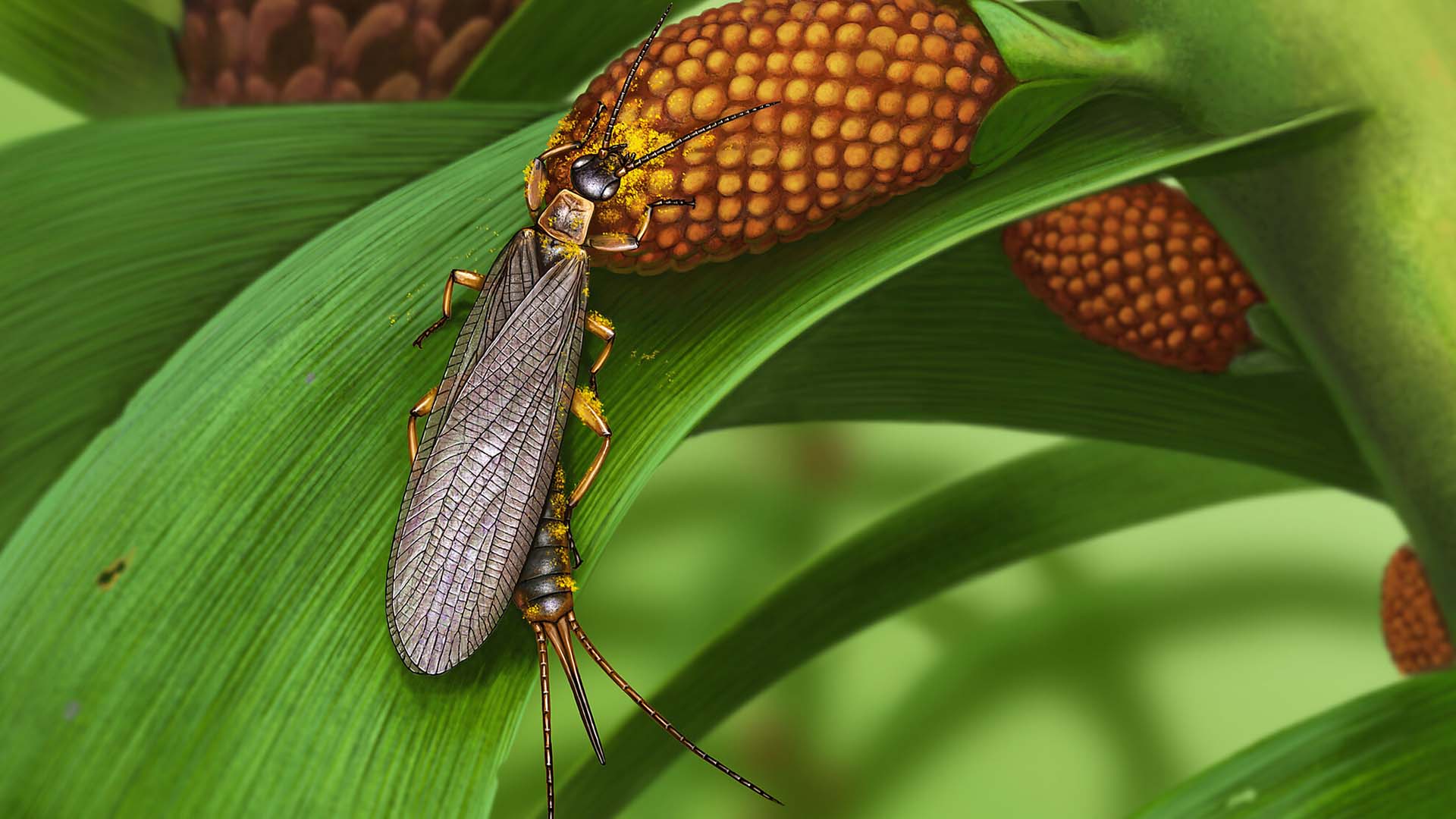
“We cannot go back in a time machine to observe whether these insects did pollination work or not. Even if they pollinated ancient gymnosperms all day round, there are no ways to prove it with certainty by means of paleontology,” Khramov said. “Who knows, maybe they simply gobbled up pollen, and plants did not benefit from it? Anyway, what we could say for sure is that tillyardembiids visited quite a narrow range of plants and carried their pollen in large amounts. So I do not see why they could not have been pollinators.”
According to Professor of palaeobiology at the University of Sheffield, Charles Wellman, the majority of modern plants are insect pollinated. “How and when insect pollination began is a compelling question. This new fossil discovery suggests that insects had begun to steal plant pollen to eat millions of years before the process of pollination evolved. However, this eventually became an association of mutual benefit, as plants developed mechanisms to ensure that the thieves left with pollen attached, that fertilized neighboring plants as they fed on them.”
Professor of plant palaeobiology at the University of Nottingham, Barry Lomax, also stated that the study provides evidence for the antiquity of the relationship, one that became established well before the evolution of flowers likely occurred in the Cretaceous period (135 million years ago).
“By examining the type of pollen, the authors showed that it comes from just a handful of plant species, suggesting close association between the plants and these insects,” Lomax said.
“The exciting thing about this discovery is the fact that there appears to be a degree of specialization in plant-insect interactions and that this specialization predates flowering plants and it suggests the possibility that insect pollination predates flowers.”



